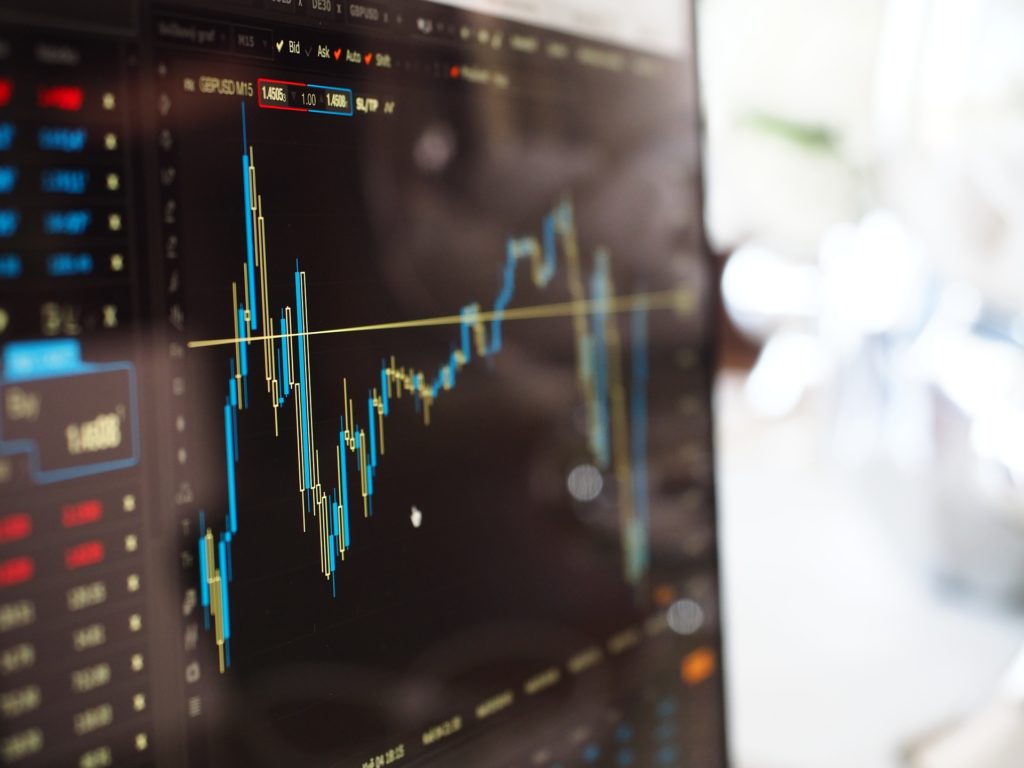
One of the best ways to stay on top of the stock market is to read daily financial publications that connect news with market action. If you invest in Dow Jones Industrial Average (DJIA) stocks it’s important to understand both how stocks make the index and how they are affected by global headlines and earnings reports.
Dow Components
Big names on the Dow include Walmart, Home Depot, McDonald’s, Coca-Cola and Walt Disney. Companies chosen for the Dow are among the largest on the S&P 500 based on multiple financial factors. The list has always encompassed industrial giants, which currently include Boeing, Caterpillar, Chevron, Dow DuPont, ExxonMobil and United Technologies. The technology sector is represented by Microsoft, IBM, Intel, Cisco Systems and Apple.
The financial industry has also maintained a presence, currently with American Express, Goldman Sachs, JPMorgan Chase and Visa. Another huge industry that has regularly appeared on the Dow is pharma, which is now represented by Johnson & Johnson, Merck and Pfizer. Other current Dow companies include 3M, Procter & Gamble, Travelers, UnitedHealth Group, Verizon and Walgreens.
DJIA History
The DJIA has consisted of 30 large corporations since its founding in 1885. None of the current 30 stocks were on the list a century ago. General Electric was a leading company in 1919 but dropped off the Dow in 2018. GE did, however, set a record for longest run on the index, which was 111 years. Every now and then a committee decides on whether or not certain stocks should move in or out of the DJIA. Apple joined the index in 2015 to replace AT&T and has been a key driver since that time.
In 2019 the DJIA hit a record surpassing 27,000, which is nearly triple what it was two decades earlier when it first hit 10,000 in 1998. The market got as low as 6,500 during the financial crash of the 2008-2009 period. Since that federal government’s bailout of the financial industry and the lowering of interest rates the stock market has been steadily increasing through 2019. Studying DIJA Today keeps investors informed on overall market activities.
Money To Be Made from the DJIA
Since the Dow was launched it has increased by 50,000 percent. If you invested in the Dow in 2009 when the market bottomed and held your position you could have quadrupled your money. Even though the market has crashed at times (1987, 2001, 2008), it has generally moved higher every decade. Sometimes the market simply gets “overbought” and prices get too high then pull back as the market cools down.
News that can drive the market up are individual or collective earnings reports. When a company beats Wall Street analyst projections a stock can rally for weeks. Usually political uncertainty involving military action drives up oil and defense stocks. Sometimes when oil stocks sink due to over-production it can bring other stocks down as well. Meanwhile, technology stocks have rallied all century as many businesses depend on hardware and software innovations.
An effective way to approach the Dow is to watch how different types of news stories impact the stocks. Usually when the Federal Reserve announces an interest rate cut or indicates rates will not rise soon, investors pile into stocks. Monthly jobs reports also play a role in moving the market, as investors like to see declining unemployment, which helps consumer confidence. Studying stock charts helps reveal market trends. Many times the Dow bounces up and down in a range over several weeks until good news drives the market into a higher new range.









